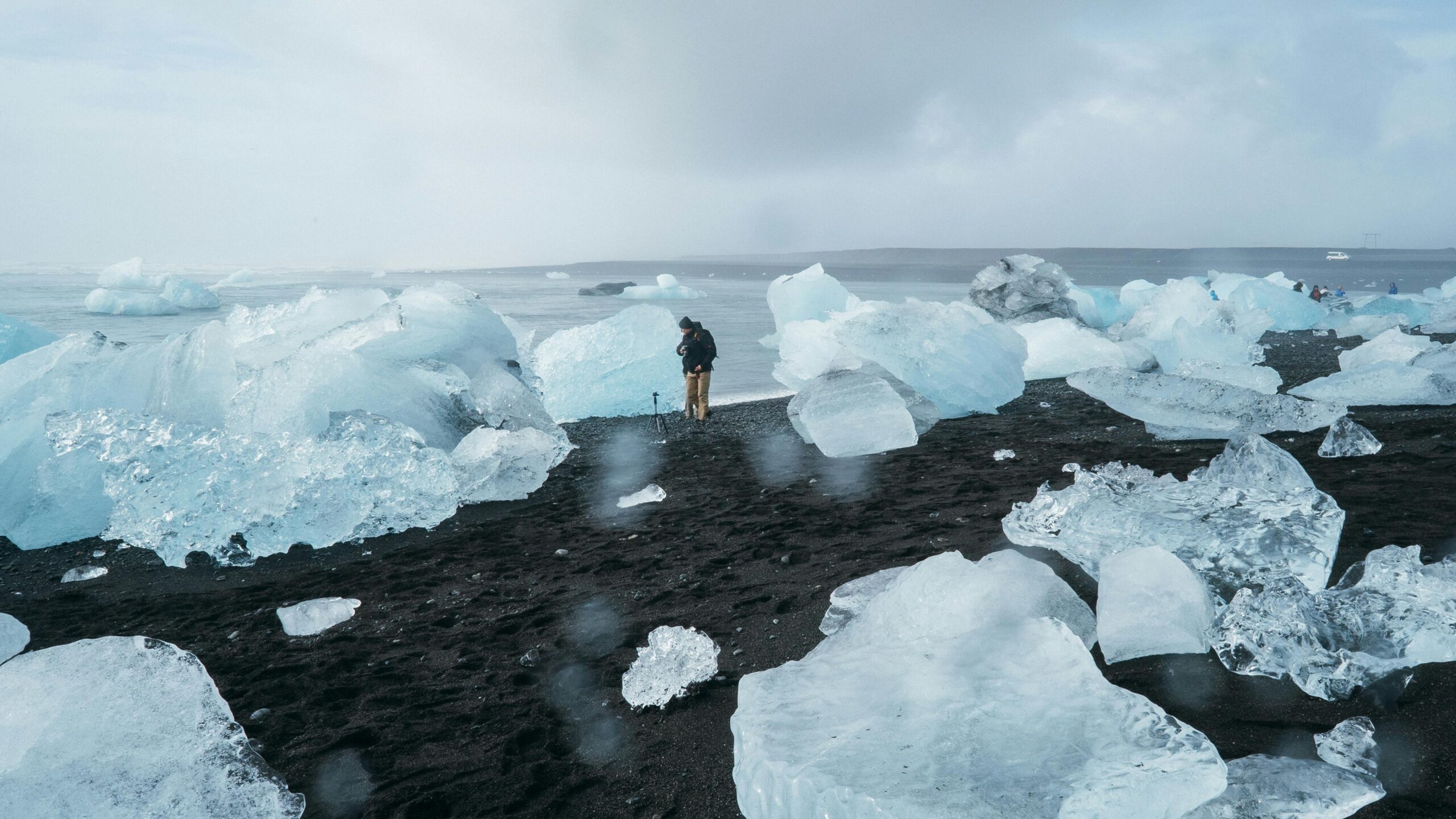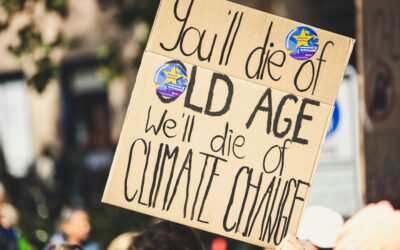Climate change is no longer a distant threat—it is a current and urgent issue that affects every aspect of life, including public health. While the effects of climate change are often discussed in terms of rising temperatures, sea levels, and extreme weather events, the impact on human health is equally significant. Changes in our environment can exacerbate existing health problems, create new diseases, and place immense pressure on healthcare systems worldwide. Understanding the connection between climate change and disease is crucial for protecting public health and taking action to mitigate these impacts.
In this article, we will explore how climate change affects public health, from the spread of infectious diseases to the worsening of respiratory conditions, and discuss how we can address these challenges.
Table of Contents
- Introduction: The Global Health Implications of Climate Change
- The Role of Extreme Weather Events in Public Health
- Air Pollution and Respiratory Diseases
- Vector-Borne Diseases: The Growing Threat
- Heatwaves and Heat-Related Illnesses
- Food Security, Malnutrition, and Climate Change
- Mental Health: The Psychological Toll of Climate Change
- Conclusion: Taking Action to Protect Public Health

Introduction: The Global Health Implications of Climate Change
Climate change refers to long-term alterations in temperature, precipitation patterns, and other aspects of the Earth’s climate system. These changes, driven by human activities such as the burning of fossil fuels, deforestation, and industrial processes, have far-reaching consequences for the environment and public health. As global temperatures rise, weather patterns become more unpredictable, and ecosystems undergo significant disruptions, the health of populations worldwide is increasingly at risk.
Climate change has been linked to a wide range of health problems, including respiratory diseases, cardiovascular illnesses, heat-related illnesses, and mental health issues. Vulnerable populations such as children, the elderly, and those with pre-existing health conditions are particularly at risk.
In this article, we will dive into the specific ways in which climate change influences public health, as well as the various diseases and health conditions that are exacerbated by our changing environment.
The Role of Extreme Weather Events in Public Health
Extreme weather events, such as hurricanes, floods, droughts, and wildfires, are becoming more frequent and intense due to climate change. These events not only cause immediate injuries and fatalities but also have long-term health effects on affected populations.
Hurricanes and Flooding
Hurricanes and floods can lead to injuries and death due to strong winds, drowning, and debris. In the aftermath, communities may experience contaminated water supplies, which can result in waterborne diseases such as cholera and dysentery. Flooding also disrupts healthcare services, making it harder for individuals to access medical care.
Wildfires
Wildfires, increasingly common in areas experiencing droughts and higher temperatures, cause respiratory issues due to the inhalation of smoke and particulate matter. These pollutants can worsen conditions like asthma, bronchitis, and other lung diseases. Additionally, wildfires contribute to mental health distress, as communities face the devastation of losing homes and livelihoods.
Droughts
Droughts, which are becoming more severe in many regions, can lead to water shortages and the spread of disease. Lack of access to clean water for drinking, hygiene, and sanitation increases the risk of gastrointestinal infections and dehydration.
Air Pollution and Respiratory Diseases
As climate change accelerates, the levels of air pollution in many parts of the world are also on the rise. Air pollution is a significant public health concern, contributing to a range of respiratory and cardiovascular diseases.
How Climate Change Affects Air Quality
Climate change can worsen air quality in several ways. Rising temperatures can increase the production of ground-level ozone, a key component of smog, which can irritate the lungs and exacerbate asthma and other respiratory conditions. Additionally, higher temperatures can increase the frequency of wildfires, which release large amounts of particulate matter into the air, further contributing to respiratory problems.
Health Effects of Air Pollution
Air pollution is associated with an increased risk of respiratory diseases such as asthma, chronic obstructive pulmonary disease (COPD), and lung infections. It is also linked to cardiovascular diseases, as long-term exposure to polluted air can lead to heart attacks and strokes. Children, the elderly, and individuals with pre-existing health conditions are especially vulnerable.
Vector-Borne Diseases: The Growing Threat
Climate change is also affecting the spread of vector-borne diseases—diseases transmitted by vectors like mosquitoes, ticks, and fleas. Warmer temperatures and changes in precipitation patterns create favorable conditions for the spread of these diseases.
Malaria and Dengue Fever
Warmer temperatures allow mosquitoes to expand their habitats, leading to the spread of diseases like malaria, dengue fever, and Zika virus to areas where they were previously uncommon. As climate zones shift, populations that were once protected from these diseases may now be at risk.
Lyme Disease and Tick-Borne Illnesses
Rising temperatures also enable ticks to migrate to higher altitudes and latitudes, putting more people at risk of tick-borne illnesses like Lyme disease. Changes in ecosystems can disrupt the natural balance of animal populations, leading to an increase in the number of ticks and other disease-carrying insects.

Heatwaves and Heat-Related Illnesses
As global temperatures rise, heatwaves are becoming more frequent and intense, leading to a higher incidence of heat-related illnesses, such as heat stroke and dehydration.
The Health Impacts of Heatwaves
Heatwaves can have serious consequences for public health, particularly in urban areas where the “urban heat island” effect exacerbates the impact of high temperatures. Elderly individuals, children, and those with chronic health conditions are particularly vulnerable to the effects of extreme heat. Heat-related illnesses can cause organ damage, heat stroke, and even death if not properly managed.
Heat and Vulnerable Populations
During heatwaves, vulnerable populations such as low-income communities, people without access to air conditioning, and outdoor workers are at greater risk. Climate change may worsen these health disparities, especially in regions without adequate infrastructure to cope with extreme heat.
Food Security, Malnutrition, and Climate Change
Climate change also affects food security, with shifting weather patterns impacting crop yields and access to nutritious food.
Impact on Agriculture
Changes in rainfall patterns, increased frequency of droughts, and rising temperatures can negatively affect agricultural production, leading to food shortages. This, in turn, can result in malnutrition, especially in developing countries where people rely heavily on subsistence farming.
Malnutrition and Public Health
Malnutrition is a major public health issue that weakens immune systems and increases susceptibility to diseases. Climate-induced disruptions to the food supply will disproportionately affect vulnerable populations, including children, the elderly, and those in poverty.
Mental Health: The Psychological Toll of Climate Change
The impacts of climate change are not just physical—they also have significant psychological consequences. Extreme weather events, displacement, and the uncertainty surrounding climate change can contribute to mental health issues.
Mental Health Consequences of Disasters
Communities affected by natural disasters, such as floods, wildfires, and hurricanes, often experience higher rates of anxiety, depression, and post-traumatic stress disorder (PTSD). The destruction of homes, loss of loved ones, and the need to rebuild can overwhelm individuals, particularly when recovery resources are limited.
Climate Anxiety and Eco-Grief
In addition to disaster-related mental health issues, the ongoing threat of climate change has also given rise to “climate anxiety” and “eco-grief.” These terms refer to the distress people feel about the future of the planet and the potential consequences of climate change. The fear of an uncertain future can lead to feelings of helplessness, grief, and emotional burnout.
Conclusion: Taking Action to Protect Public Health
Climate change presents a complex and urgent threat to public health, with far-reaching implications for disease patterns, food security, mental well-being, and more. The connection between the environment and disease is undeniable, and addressing this issue requires a multifaceted approach that includes:
- Mitigating Climate Change: Reducing greenhouse gas emissions, transitioning to renewable energy sources, and promoting sustainable practices are critical to slowing the pace of climate change and reducing its health impacts.
- Building Resilient Healthcare Systems: Strengthening healthcare infrastructure and ensuring that it can withstand climate-related challenges will help protect vulnerable populations and improve responses to climate-induced health issues.
- Public Awareness and Education: Raising awareness about the health impacts of climate change can empower communities to take preventive measures, adopt healthier lifestyles, and push for policy changes that prioritize public health and sustainability.
While the challenges posed by climate change are significant, there is still time to take action. By prioritizing climate action and protecting public health, we can build a healthier, more resilient future for all.


